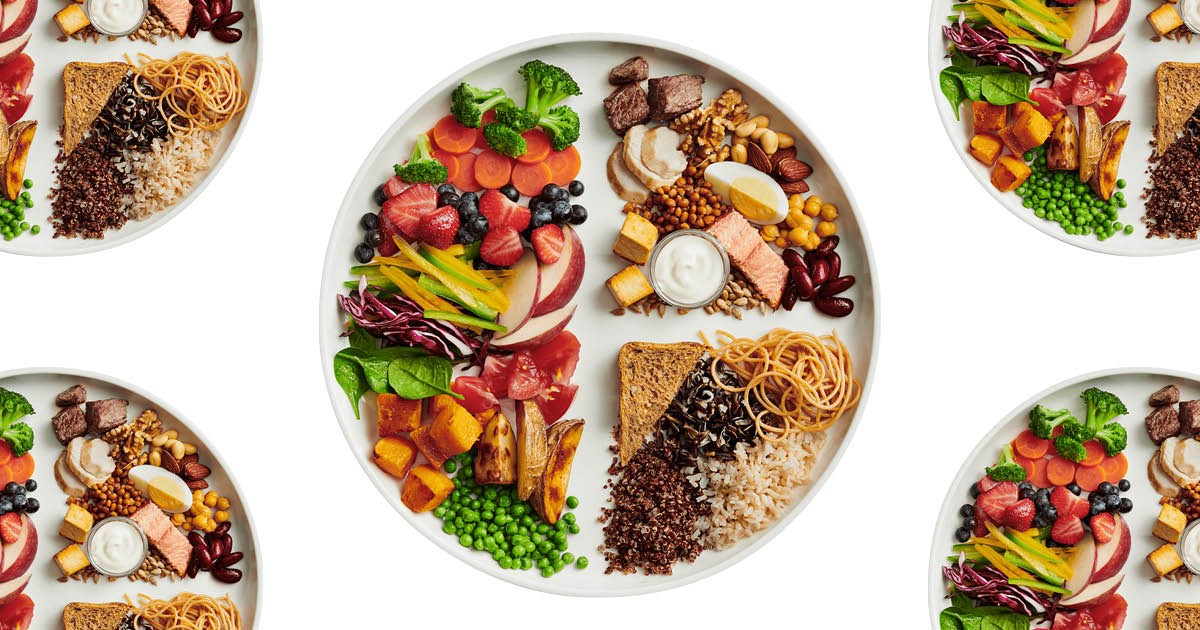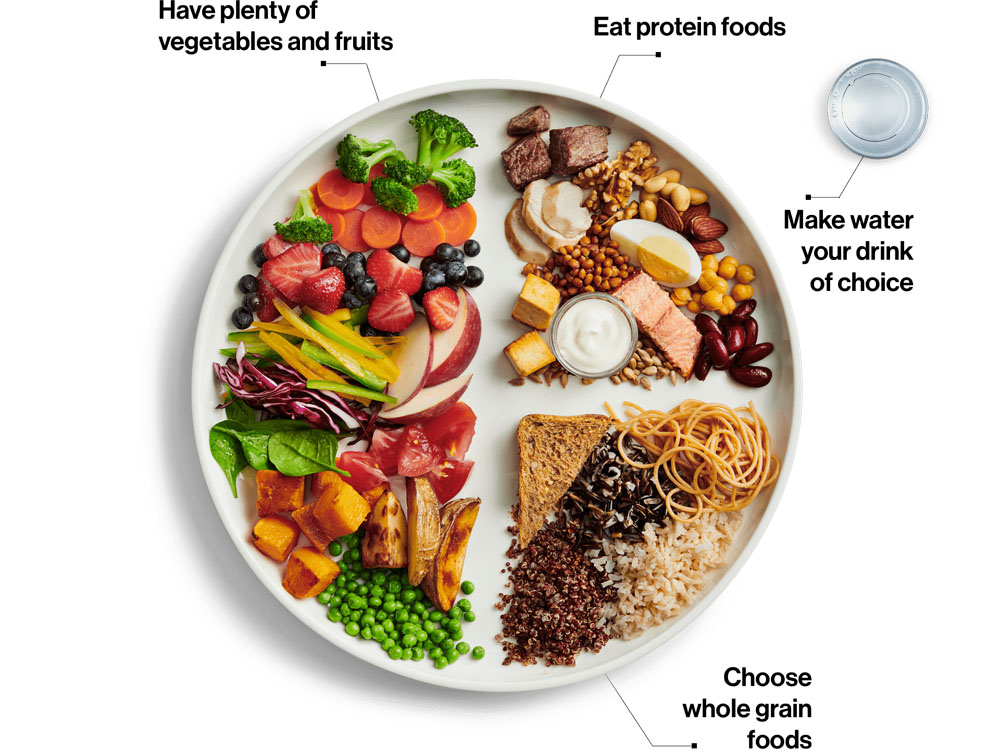
At the beginning of the year, Health Canada released a new guide with the aim of helping Canadians know the easy way to live healthily. Unlike the last food guide, this guide does not emphasize on food groups and servings. Rather, it encourages Canadians to follow simple guidelines like improving their food skills.
Things that are New in the Canada Food Guide

Here are some guidelines presented on the new guide:
Variety of Healthy Foods for Every Day
Basically, Canada’s new food guide recommends consuming healthy foods each day. The food guide encourages Canadians to eat plenty of fruits, vegetables, proteins, and whole grains. It suggests filling a quarter of your plate with proteins like legumes and bean. Also, a quarter of your plate should be filled with whole grains and half your plate with fruits and vegetables.
When it comes to beverages, the food guide suggests making water your first choice. According to Health Officials Canada, drinking more water will limit your intake of beverages that contain a lot of sugar.
Plant-Based Proteins
Another recommendation of healthy eating is getting proteins from plants like legumes, beans, nuts, and lentils rather than on animal sources like meat, poultry, and milk. Although protein from animal foods is part of the guide, it is reduced in this new guide. In fact, milk and meat alternatives were part of the four food groups in the previous food guide, only that they were lumped together in this new guide.
Sugar Intake
When it comes to the Canadian diet, beverages are the main source of sugar. This new food guide recommends cutting back on sugar intake especially from beverages so as to limit sugar intake and prevent dehydration. It discourages the use of pop and sweetened beverages while it encourages the consumption of milk, water, and plant-based beverages.
In the past guide, fruit juice was considered a healthy option. However, according to the new guide, the act of juice extraction removes fiber which then leads to sugar concentration. In addition, alcohol is discouraged because it is high in calories and has no nutritional value.
Frequent and Healthy Cooking
The other guideline emphasizes on good eating habits such as eating meals together. According to the health minister, Ginette Petitpas, cooking healthy meals do not have to be complicated; it just needs to be nutritious. The guide noted that most Canadian households spend 30% of their budget on highly processed meals purchased outside. It encourages people to cook at home more frequently and limit the number of times they go to restaurants. Thus, the guide suggests that food skills should be embraced within the social context of indigenous people.
Unrefined Whole Grains
Unlike the previous food guide where refined and whole grains were emphasized, the new guide only focuses on whole grains. It suggests that one-quarter of your plate should be filled with whole grains. It does not focus on refined products like rice, cereals, pasta, and white bread.